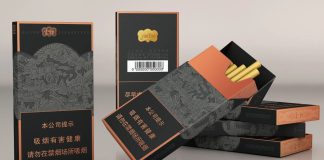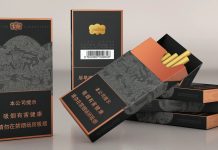The mica sheets and mica tapes are important in the present-day industries, which require a high degree of heat resistance, electrical insulation, and mechanical strength. They find wide application in electric motors, transformers, cables, and heating systems, where extreme condition reliability is a necessity. But the actual functionality of the mica-based materials is not only the mica, but also the binder that binds the layers together. Silicone Resin for Mica has developed to be the desirable binder in terms of its outstanding heat resistance, electrical stability, and harsh environment tolerance.
Explanation of Mica in Insulation Materials
Mica is a naturally occurring silicate mineral that has the capacity to withstand heat and electricity, but it is structurally resistant. Depending on its use, it can be used to make rigid mica sheets or flexible mica tapes. Mica sheets are normally used in parts that need rigidity and structural power, like slot liners, supports of heating elements, and electrical insulating boards. Mica tapes are, however, applied where there is a need to be flexible and resistant, like in wrapping coils, wires, and high-voltage cables.
In either of the forms, the activity of mica products depends primarily on the binder system. The binder not only binds the mica particles but also defines the way the product will withstand heat, humidity, and mechanical stress with time.
Perfect Binder for Mica Products
The mica sheets and tape manufacturing is especially suitable for use with silicone resin due to its special chemical composition. Silicone resin also includes a silicon-oxygen backbone, unlike organic resins like epoxy or phenolic binders. Silicone resin can be used in the making of mica-based insulation and can be continuously run at temperatures up to 500 °C and briefly up to 600 °C without much loss. It also possesses dielectric strength even during thermal cycling, which guarantees constant electrical insulation. In addition, it has good moisture and chemical resistance because of its hydrophobic characteristics. This helps to reduce delamination or swelling in moist or chemically hostile conditions. These properties have combined to make silicone resin the binder of choice to be used in applications that demand the presence of heat and moisture resistance.
Silicone Resin Manufacturing Process
Production of mica sheets and tapes using silicone resin composites includes a few major processes that guarantee effective bonding and curing. To begin with, the mica paper is soaked in a solution of silicone resin. The resin viscosity and solid concentration are well balanced to permit homogeneous penetration and coating. This is followed by partial drying of the soaked sheets to eliminate solvents, after which laminating is done under controlled pressure and temperature conditions.
Heat cure is then applied to the composite material after it has been laminated to begin the crosslinking of silicone resin. This is a form of curing that converts the resin into a three-dimensional network structure, which makes it very strong mechanically and thermally stable with time. Once cured, rigid mica sheets can be machined, drilled, or polished, and flexible tapes can be cut into rolls that can be wrapped around conductors or coils. All the process steps must be carefully controlled to provide a consistent level of insulation and mechanical integrity.
Selection of the Right Silicone Resin to Use
Mica products do not require the same performance requirements, and silicone resin formulations are designed to fulfill them. Rigid mica boards with high compressive strength, dimensional stability, and machinability are normally made with methyl silicone resins, as in the case of SIO-2932. Methyl-phenyl silicone resins, e.g., SIO-2963, on the other hand, are used in flexible mica tapes where bending strength and toughness are needed. Flexibility is improved with the inclusion of phenyl groups, which allows the maintenance of mechanical performance during repeated bending or thermal cycling. The choice of the correct resin implies that the end product is based on the requirements of the exact environment where it is to be used.
Silicone-Bonded Mica Materials Applications
The bonded mica materials with silicone resin have found extensive usage in industries where the reliability of the insulation to heat and stress is of utmost importance. Silicone-bonded mica sheets can be used as slot liners and as barriers in electric generators and electric motors to prevent electrical breakdown. They are used as thermal and dielectric resistant layers in transformers. Heating devices and home appliances are based on mica boards produced by silicone resin as the structural insulation and flexible mica tapes as the power cables in order to ensure fire protection and heat. Silicone resin is versatile, and this is what enables these products to be applicable in both dynamic and non-dynamic applications.
Conclusion
Silicone resin has also helped in transforming the production of mica sheets and tapes by providing a certain balance of heat resistance, moisture protection, and electrical insulation that cannot be found in many other materials. It has a special chemical structure, which guarantees its stable working conditions of higher temperatures and severe conditions. Silicone resin, regardless of its rigid or flexible form, has been shown to improve the reliability, safety, and life of mica-based insulation products. Manufacturers that incorporate silicone resin in their mica manufacturing technologies enjoy better consistency of the product, less material failure, and increased confidence in performance.


















